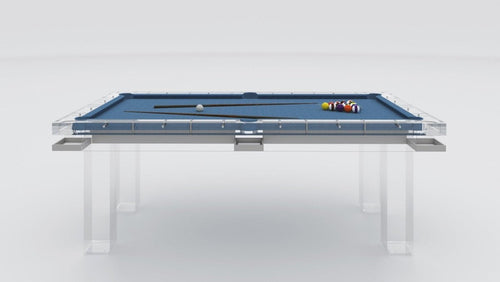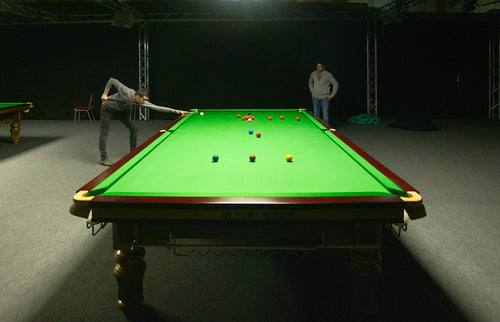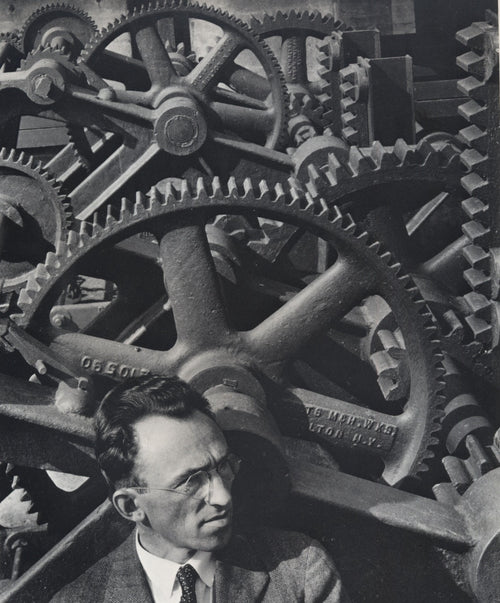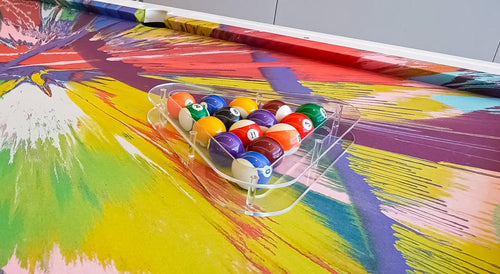Enjoy our modern designs
In the realm of sports, where raw power and brute force often reign supreme, there exists a game that embodies finesse and meditative precision. Snooker, with its rich history and intricate rules, has captivated enthusiasts and casual spectators alike for over a century. Today, we delve into the ethereal world of snooker, exploring its creation, rules, and the great players who grace its green baize.
Born in the crucible of British billiards in the late 19th century, snooker emerged as a refined offshoot of its ancestor. Its precise origins are subject to some debate, but the game's inventor, Colonel Sir Neville Francis Fitzgerald Chamberlain, crafted this amalgamation of billiards and pyramid pool to challenge even the most seasoned cue-wielders. The game derives its curious name from a slang term referring to inexperienced or first-year military cadets. Snooker's inception thus mirrored its intended purpose: a game that tested the mettle of novices and veterans alike.
To navigate the labyrinthine rules of snooker is to embark on a cerebral journey. A snooker table, with its lush green surface measuring twelve feet by six, becomes a stage where players orchestrate the delicate interplay between their cues and a constellation of balls. The primary objective? To accumulate more points than one's opponent by potting red balls, followed by colors worth progressively higher values, all while avoiding fouls and strategic traps.
One of the most captivating aspects of snooker lies in the strategic nuances woven within its framework. Players must possess a prodigious foresight, considering not only the shot at hand but also the subsequent possibilities. The interplay between risk and reward becomes a delicate balancing act, as each pot demands utmost precision, often demanding players to conjure astonishingly deft touch and jaw-dropping positional play. The mind of a snooker player becomes a labyrinthine maze, mapping out the table's contours, calculating angles, and orchestrating the dance of the balls with mathematical precision.
In the present day, snooker stands as a testament to the enduring allure of its storied heritage. A pantheon of contemporary virtuosos graces its green baize, each wielding their cues with a mastery that mesmerizes audiences worldwide. Players like Ronnie O'Sullivan, often referred to as the "Rocket," epitomize the fluid grace and awe-inspiring talent that snooker demands. His deftness of touch and break-building prowess have set new benchmarks in the sport. Equally captivating is Judd Trump, hailed as the "Juddernaut," whose prodigious potting and fearless attacking style leave spectators breathless. These modern-day maestros, among others, push the boundaries of what the human hand and mind can achieve on a snooker table.
To watch a snooker match unfold is to witness a sublime ballet of geometry, finesse, and steely nerves. The players, locked in a dance with the balls, traverse the table with an almost poetic rhythm. Each shot becomes a symphony, executed with meticulous care and profound artistry. The silence that envelops the arena, broken only by the gentle clink of balls and the occasional murmur of appreciation, lends an almost monastic aura to the proceedings. It is in these moments that snooker transcends its status as a mere game, becoming a spectacle that evokes contemplation and awe.

In a world dominated by fast-paced sports that appeal to our primal instincts, snooker offers a respite—a quiet sanctuary where patience, strategy, and unrivaled precision reign supreme.


















